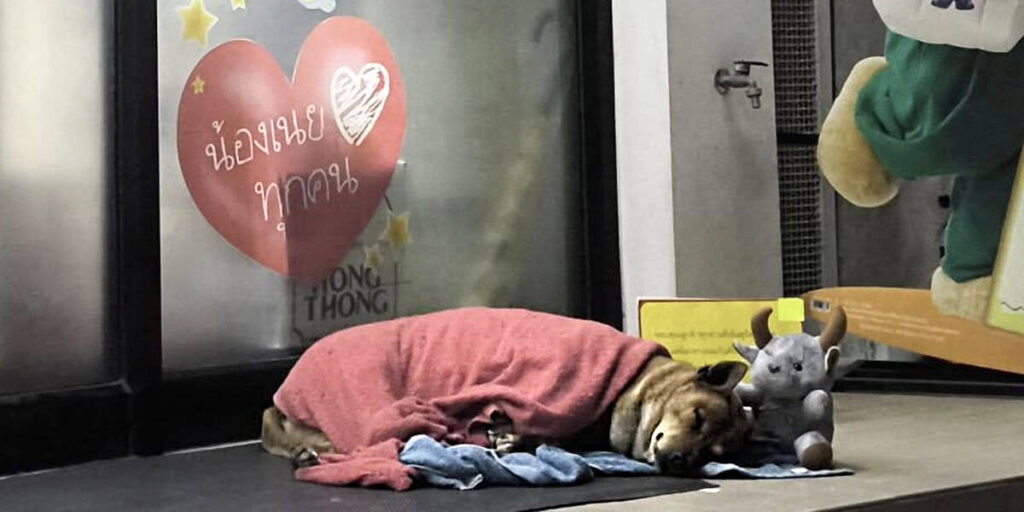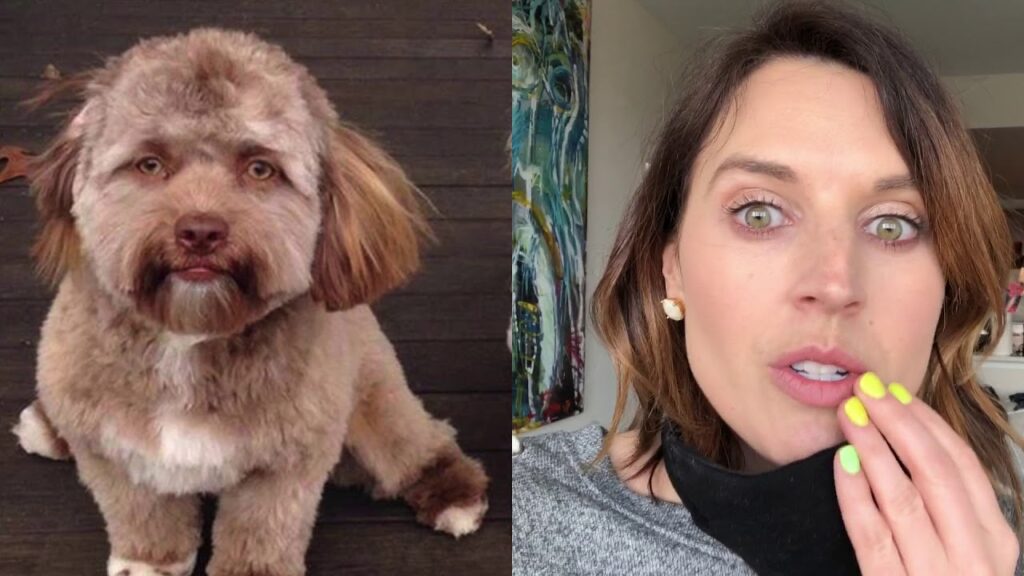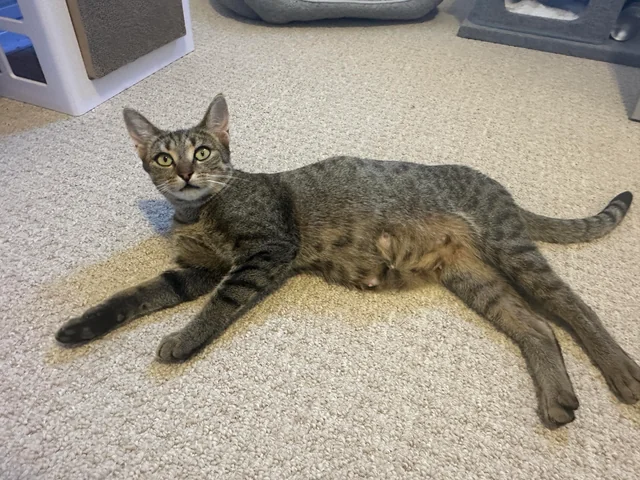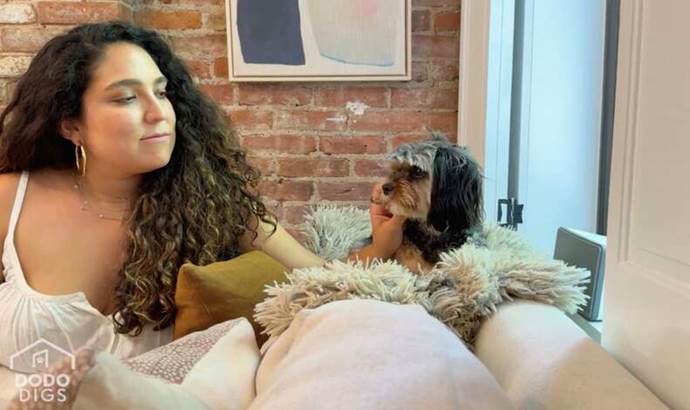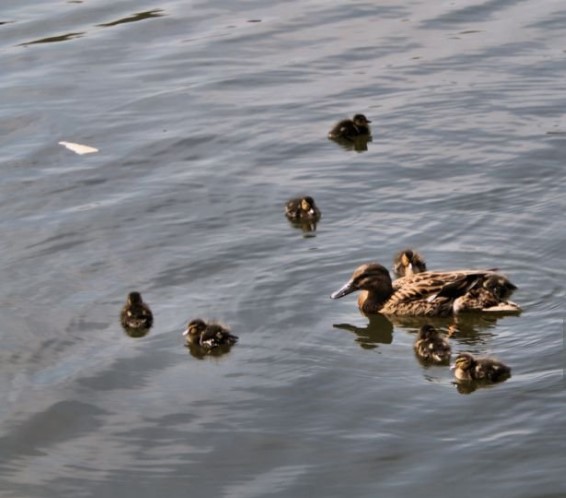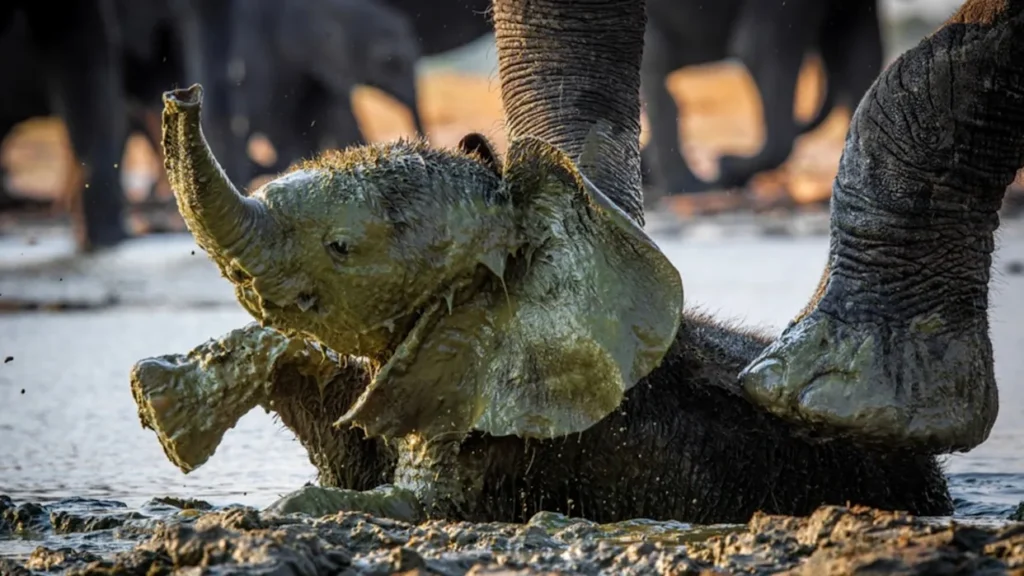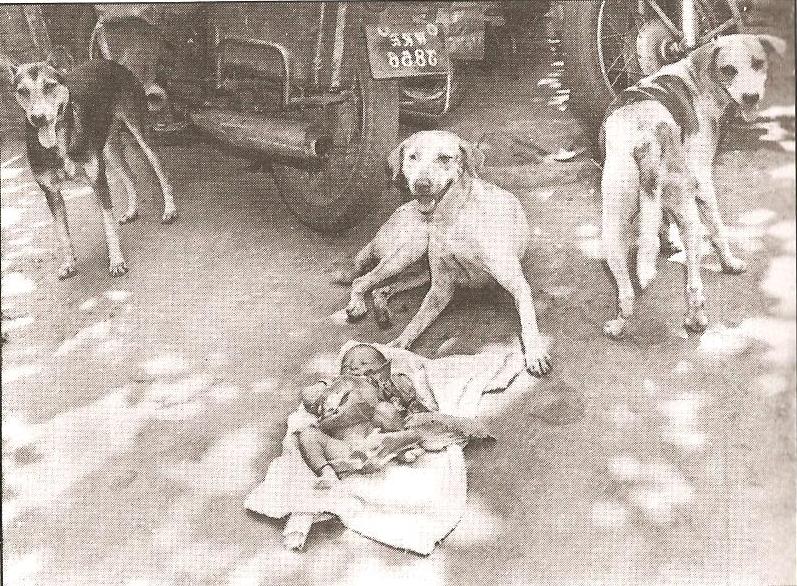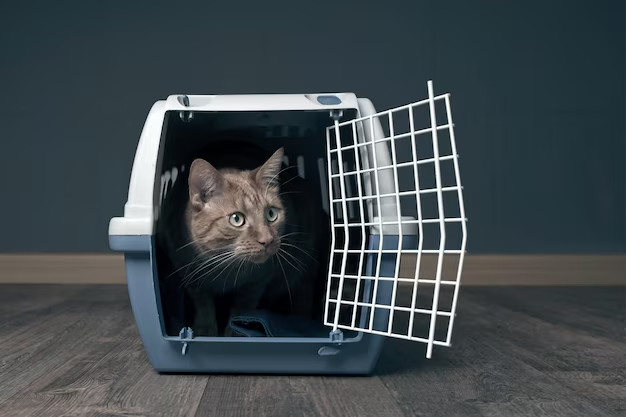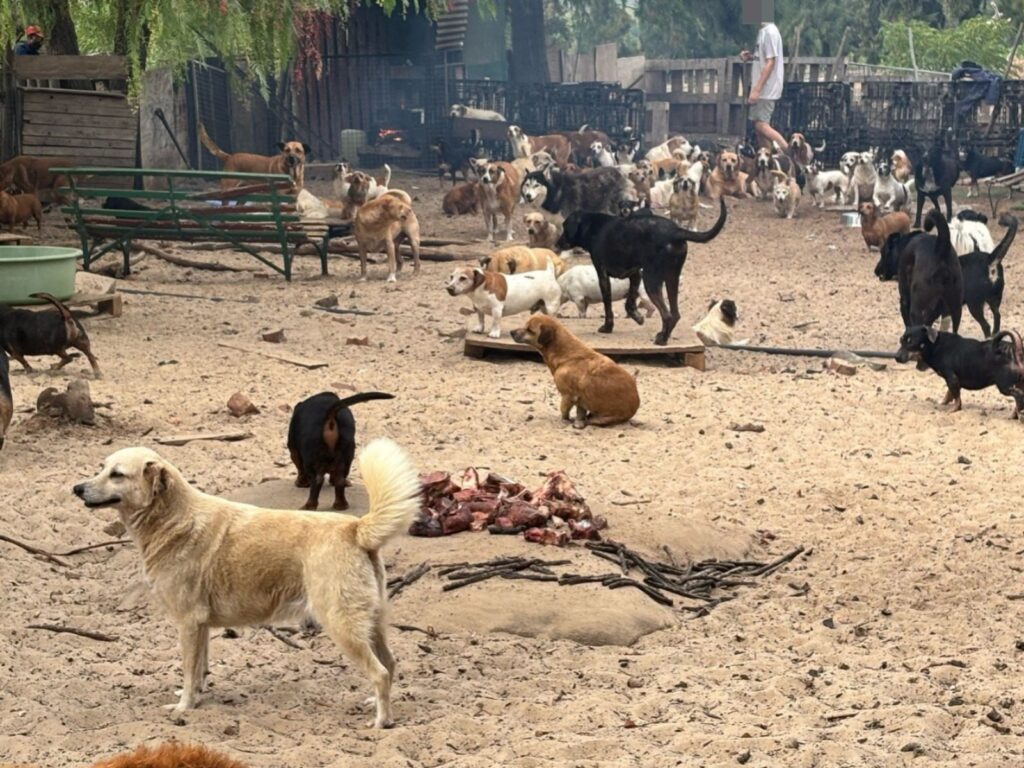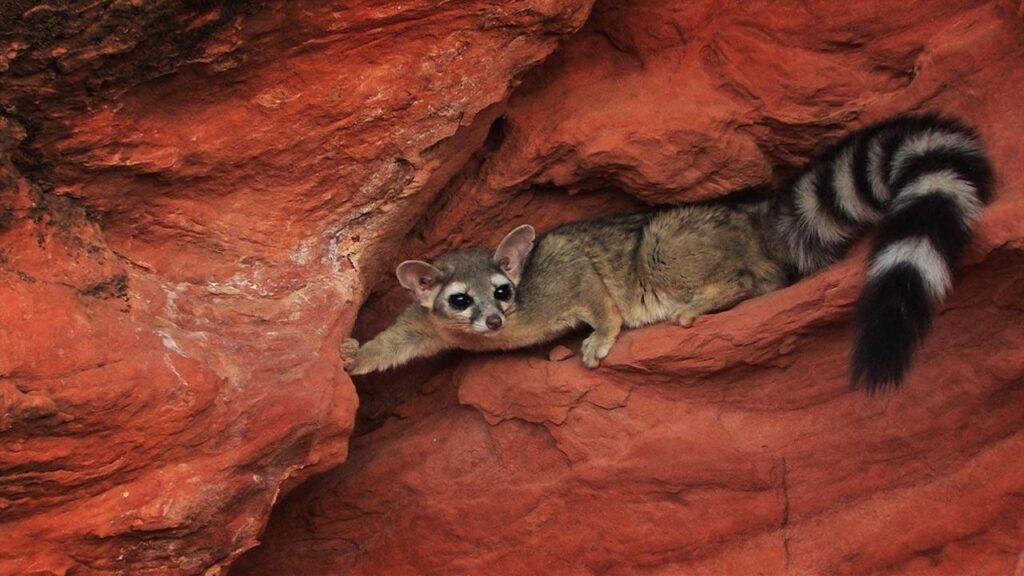From Waiting Outside a 7-Eleven to Living in a Palace: Moo Dang’s Journey of Loyalty and Hope
A Loyal Pup and Her Beloved Friend In the bustling streets of Thailand, where life often moves too quickly to notice the little details, one gentle dog named Moo Dang became a quiet symbol of devotion. Photographer Mari-Mo first spotted her while strolling near her home. Moo Dang was trotting alongside her best friend — an older man who lived without a permanent home but who clearly adored her. “They were always together,” Mari-Mo recalled. “Every day, they would wander the city side by side, and when they grew tired, they’d stop at the local 7-Eleven near my house to rest.” Though the man didn’t have much in the way of possessions, Moo Dang had everything she needed — companionship, affection, and love. She wasn’t just a pet; she was family. But life, with all its fragility, had other plans. When the Waiting Began Not long after their paths first crossed, Mari-Mo noticed something different. Moo Dang was alone, resting on the same spot outside the familiar convenience store — but this time, her companion wasn’t there. Instead, a handwritten sign sat beside her, listing foods she could and couldn’t eat, almost like a set of instructions for strangers to look after her. Mari-Mo later learned the heartbreaking truth. Moo Dang’s owner had fallen ill and was hospitalized. Soon after, he passed away. Moo Dang, of course, didn’t know this. What she did know was that the man she loved had left one day and never returned. And so, with the loyalty only a dog can truly embody, she waited. Days turned into weeks. Weeks stretched into months. Through scorching sun and pouring rain, Moo Dang remained at her post outside the store, her eyes scanning every passerby, hoping for a familiar face. Her devotion touched the hearts of many. The 7-Eleven staff began feeding her daily, even taking her to the veterinarian to ensure she was healthy. Locals would stop by to stroke her fur or drop off treats, and schoolchildren often made her part of their daily routine. Moo Dang had lost her person, but she had unknowingly gained an entire community. A Neighborhood Comes Together As Mari-Mo shared Moo Dang’s story online, photos of the gentle pup sitting patiently outside the store quickly spread across social media. People were captivated not just by her loyalty but also by the kindness shown by those around her. “Everyone wanted to help in their own way,” Mari-Mo said. “She was never alone — there was always someone bringing her food, playing with her, or just sitting by her side.” Families attempted to adopt Moo Dang and give her a fresh start. But each time, she would slip away and return to the only place that still smelled like home: the front of the 7-Eleven where she had last seen her owner. For Moo Dang, leaving meant risking the chance that her person might return. And so, she kept waiting, unwavering in her devotion. It was a bittersweet sight for the community. On the one hand, she was loved and cared for. On the other, her endless waiting was a heartbreaking reminder of her loss. But life had yet another twist in store for Moo Dang — one that no one could have predicted. From Sidewalk to Palace Word of Moo Dang’s story eventually reached the ears of Princess Siribha Chudabhorn, a member of Thailand’s royal family. Touched by the dog’s loyalty and resilience, the princess reached out to the store owner to ask if she could give Moo Dang a permanent home — not just any home, but a royal palace. It was a decision that would change Moo Dang’s life forever. For the staff and neighbors who had grown attached to her, it was a bittersweet farewell. They had protected her, fed her, and loved her through her loneliest months. Saying goodbye wasn’t easy. But deep down, they knew this opportunity was the gift Moo Dang deserved. “Everyone cried a little when she left,” Mari-Mo admitted. “But we were also so happy. We knew she would be cared for in ways we couldn’t even imagine. It was the best ending we could hope for her.” Now, instead of curling up on a blanket outside a convenience store, Moo Dang naps on soft bedding inside a palace. Instead of waiting for scraps, she enjoys the best meals. And instead of worrying about whether her owner will ever return, she now has a forever family who can ensure she is never alone again. Moo Dang’s journey is more than just a touching story about a stray who found her way to a palace. It’s a testament to the power of loyalty, kindness, and community. Her patience and devotion remind us of the unconditional love dogs give without asking for anything in return. And the way strangers cared for her until she found her forever home proves how powerful compassion can be when people come together. Though Moo Dang will never see her first owner again, his love continues to shape her life. Because of him, she learned loyalty. Because of her, a community learned empathy. And because of both, the world got to witness a story that turned heartbreak into hope. As Mari-Mo beautifully put it: “Moo Dang’s life shows that even in sadness, there can be light. She lost her best friend, but she gained thousands of others who cared. And in the end, she gained a forever home.”

